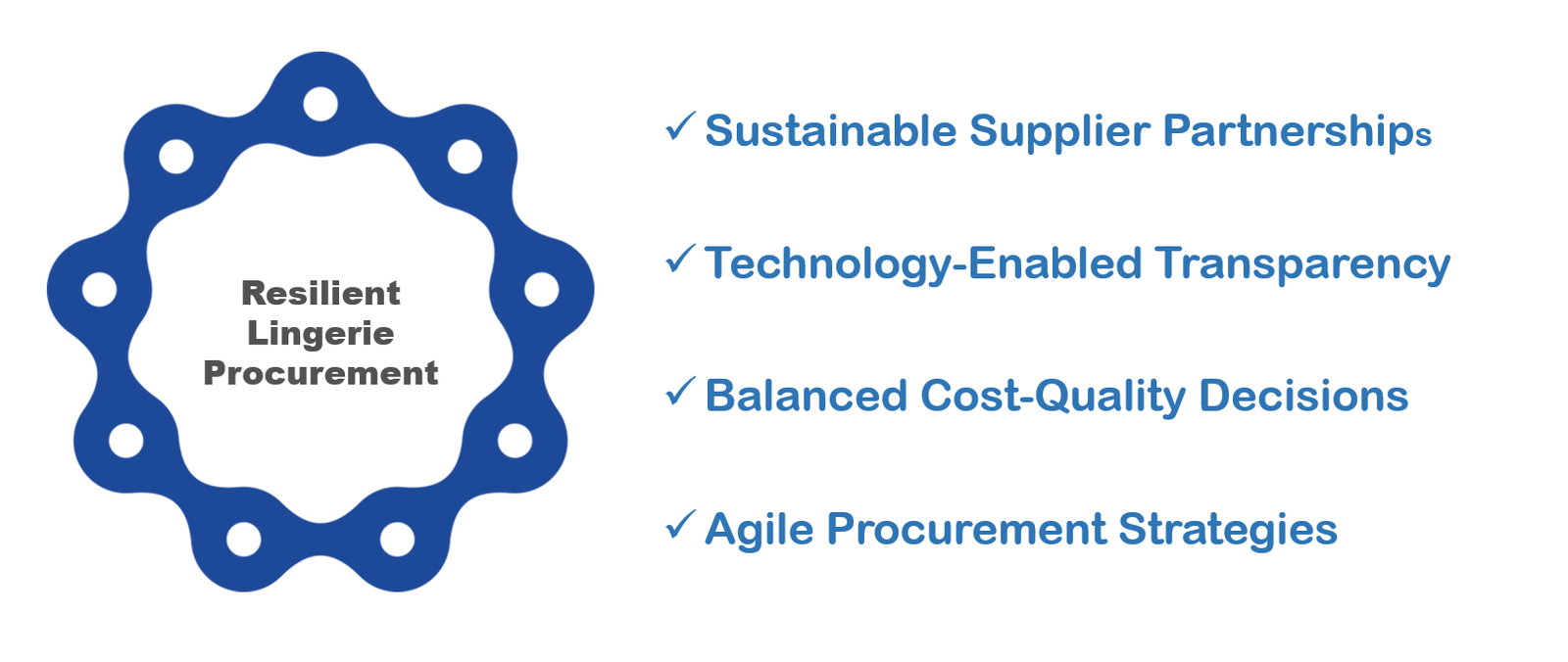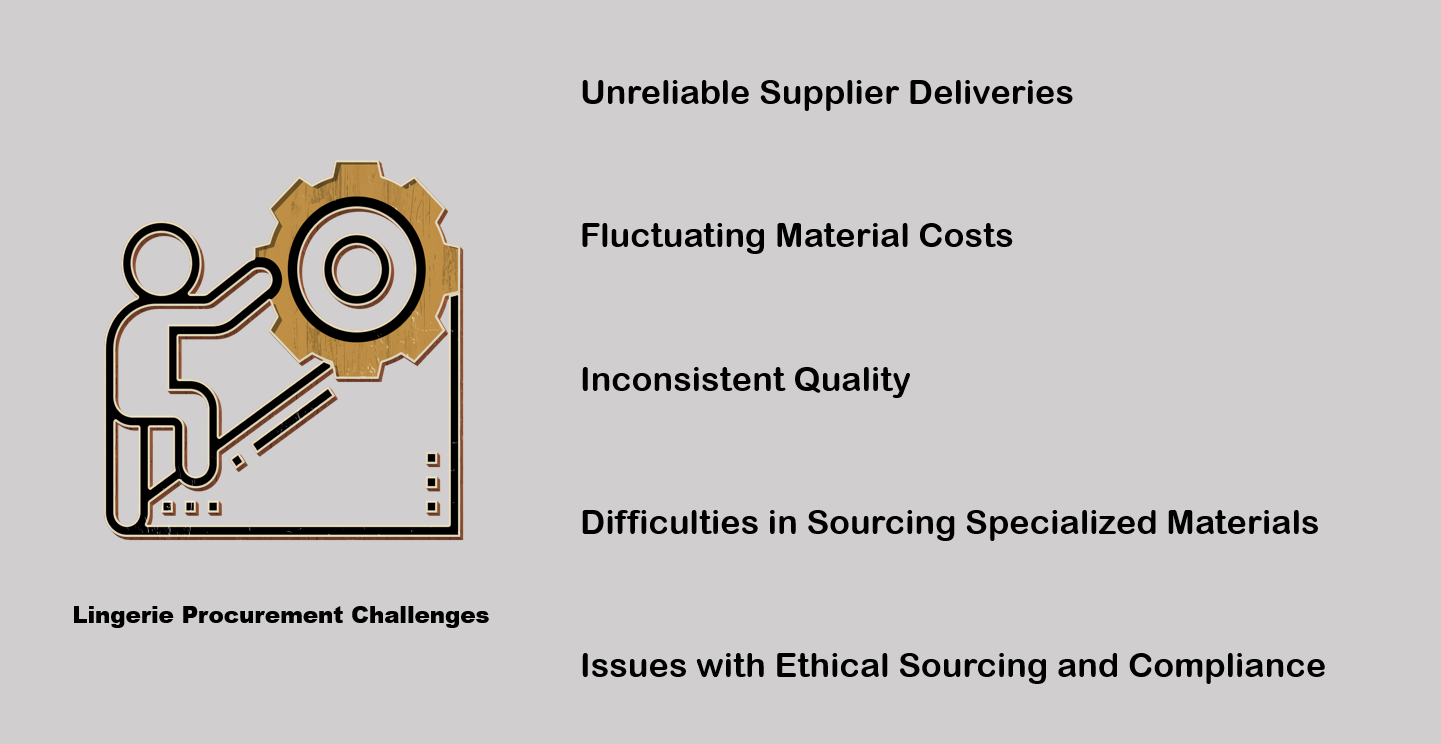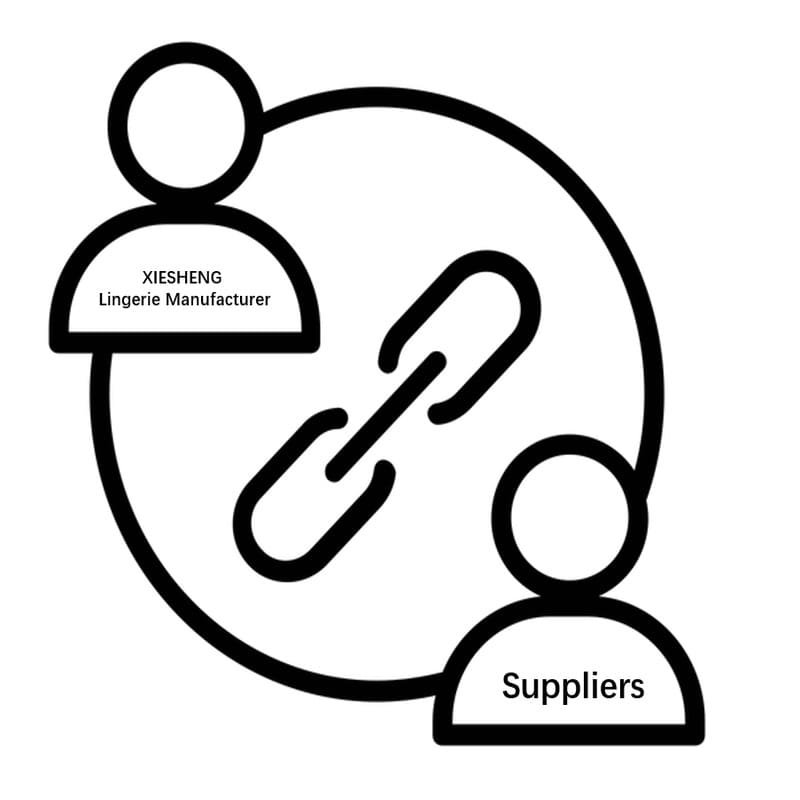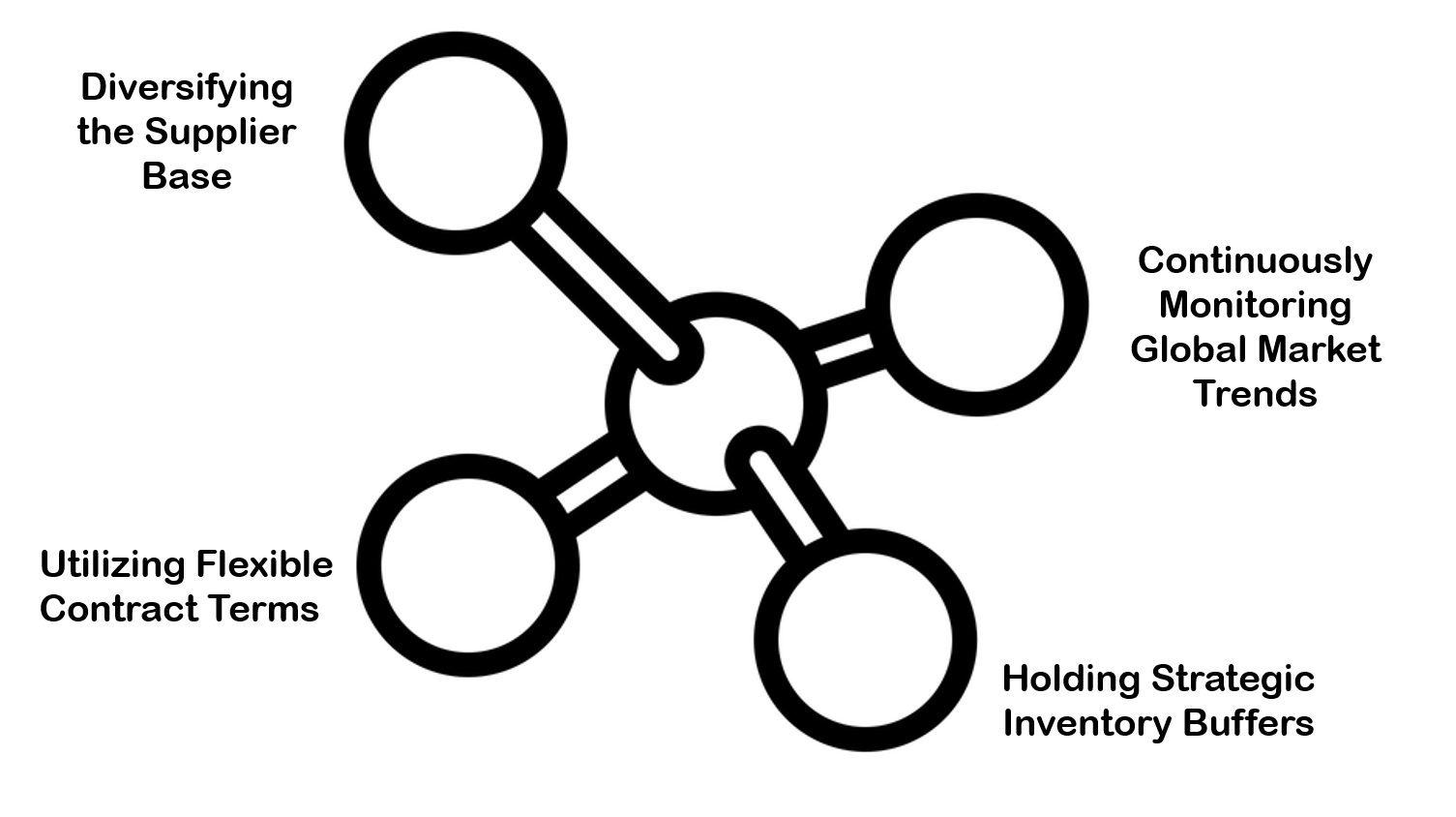Overcoming Procurement Hurdles: Strategies for a Resilient Intimate Apparel Supply Chain
How can lingerie brands build bulletproof procurement strategies? Start with these resilient solutions.
Building a resilient intimate apparel supply chain requires overcoming common procurement challenges through sustainable supplier partnerships, technology-enabled transparency, balanced cost-quality decisions, and agile strategies that anticipate market disruptions while maintaining product excellence.

I know that making intimate apparel is not always easy. It involves many steps. From finding the right lace to making sure the finished bra fits perfectly. One of the biggest challenges we face in manufacturing is procurement. This is how we get all the materials. A strong supply chain is like the backbone of our business. It helps us produce high-quality underwear, like our best-selling nursing bras or sexy lingerie. At XIESHENG, we have learned a lot about making our procurement process strong. We have more than 300 workers and 20 sub-factories helping us. This experience has taught us how important it is to be ready for anything. This guide will share our strategies. It shows how we build a supply chain that can handle challenges. It helps us keep delivering great products for our partners.
Identifying Common Procurement Challenges in Lingerie Manufacturing
What kinds of problems do we face when buying materials for lingerie? Many things can go wrong.
Common procurement challenges in lingerie manufacturing include unreliable supplier deliveries, fluctuating material costs, quality inconsistencies, difficulties in sourcing specialized materials like delicate lace or specific elastics, and issues with ethical sourcing and compliance across a complex global supply chain.

When we make intimate apparel, we deal with many common problems in procurement. First, there are issues with suppliers. Sometimes, they cannot deliver materials on time. This can delay our entire production schedule. Second, material costs can change quickly. This makes it hard to plan our budget. Third, quality can be a big concern. We need a consistent quality of fabric, lace, and other components for our bodydolls and bra sets. If the quality of a specific elastic for a plus-size bra is not right, it affects the final product. Fourth, finding specialized materials can be difficult. Delicate lace for sexy lingerie or specific stretch fabrics for shapewear are not always easy to get. Finally, we must ensure ethical sourcing. We have BSCI and ISO certificates, but making sure all our suppliers meet these standards is a constant effort. These challenges can make our job harder.
Building Strong Partnerships with Sustainable Material Suppliers
How can we work better with our suppliers for green materials? By making strong connections.
Building strong partnerships with sustainable material suppliers involves fostering long-term relationships based on mutual trust, shared values, and a commitment to environmental responsibility, ensuring a reliable supply of eco-friendly fabrics and components for intimate apparel production.

One of our main strategies is to build strong partnerships. This is especially true with suppliers who provide sustainable materials. We believe in building strong partnerships with our suppliers — not just placing orders. For example, when we develop new period panties or nursing bras, we look for comfortable and eco-friendly fabrics. We seek out suppliers who share our commitment to sustainability. We build trust with them over time. Our goal is to have long-term relationships with a few key suppliers. This makes them more reliable. It ensures a steady supply of high-quality materials. It also helps us get better prices. This close collaboration means we can discuss quality, delivery, and any issues quickly. It helps us to innovate together. For example, finding new blends for soft tennager intimate underwear. These strong ties help make our supply chain much more resilient.
Leveraging Technology for Transparent Supply Chain Management
How can we use computers to see everything in our supply chain? Technology makes it clear.
Leveraging technology for transparent supply chain management involves implementing digital tools and systems to track materials from source to factory, monitor production stages, and ensure real-time visibility, enhancing accountability, efficiency, and responsiveness in intimate apparel manufacturing.

In today's world, technology plays a big role in making our supply chain transparent. We use digital tools to manage our operations. This helps us see everything. For example, we track where our fabrics come from. We monitor each stage of production. This includes when materials arrive at our factory. It also includes when they go through cutting, sewing, and quality control. This real-time visibility helps us identify potential problems early. If there is a delay in a fabric shipment for our daily fashion bra set, we know quickly. We can then adjust our schedule. This also helps us ensure compliance. Our QC team, with more than 10 persons, uses digital checks. This ensures consistent quality. This use of technology means we are not just guessing. We have data. This makes our decisions smarter. It ensures our intimate apparel orders are handled efficiently.
Balancing Cost Efficiency and Product Quality in Procurement Decisions
How do we make great underwear that does not cost too much? It's about finding the right balance.
Balancing cost efficiency and product quality in procurement decisions means making strategic choices that optimize material costs without compromising the integrity, comfort, or durability of intimate apparel, often by leveraging bulk purchasing, long-term supplier relationships, and value engineering.

Finding the right balance between cost and quality is a constant challenge. We want to offer the best products, like our plus-size bra sets or shapewear, without making them too expensive. Our large monthly capacity helps us here. We can produce 10,000 bodydolls and 400,000 bras. This means we can buy materials in bulk. Bulk purchasing often gets us better prices from our suppliers. We also focus on value engineering. This means we look for ways to make the product better or more cost-effective without reducing quality. For example, we might find a new fabric that offers the same comfort and durability but costs less. We also rely on our long-term relationships with suppliers. They know our quality standards. This helps us negotiate for good prices on high-quality materials. Our goal is always to deliver excellent value to our customers. We do this without cutting corners on quality.
Preparing for Market Disruptions with Agile Procurement Strategies
How do we get ready for unexpected changes in the market? We use smart, quick plans.
Preparing for market disruptions with agile procurement strategies involves diversifying the supplier base, holding strategic inventory buffers, utilizing flexible contract terms, and continuously monitoring global market trends to quickly adapt and maintain an uninterrupted supply of intimate apparel materials.

The world changes quickly. Unexpected things happen all the time. For our intimate apparel supply chain, this means we must be ready for market disruptions. This calls for agile procurement strategies. First, we do not rely on just one supplier for critical materials. We diversify our supplier base. This means if one supplier has a problem, we have others we can turn to. Second, we sometimes keep a strategic inventory of key components. This acts as a buffer. It helps us avoid delays if a supplier shipment is late. Third, we use flexible contract terms where possible. This allows us to adjust to changing market conditions. Finally, we constantly monitor global market trends. This includes disruptions like natural disasters or changes in trade policies. For example, if there is a predicted shortage of a certain elastic for our panties, we can try to buy more in advance. These proactive steps help us keep our production running smoothly. It ensures we can always deliver on time to our customers.
Conclusion
A resilient intimate apparel supply chain needs clear problem identification, strong sustainable partnerships, tech-driven transparency, balanced cost-quality, and agile strategies for market changes.

